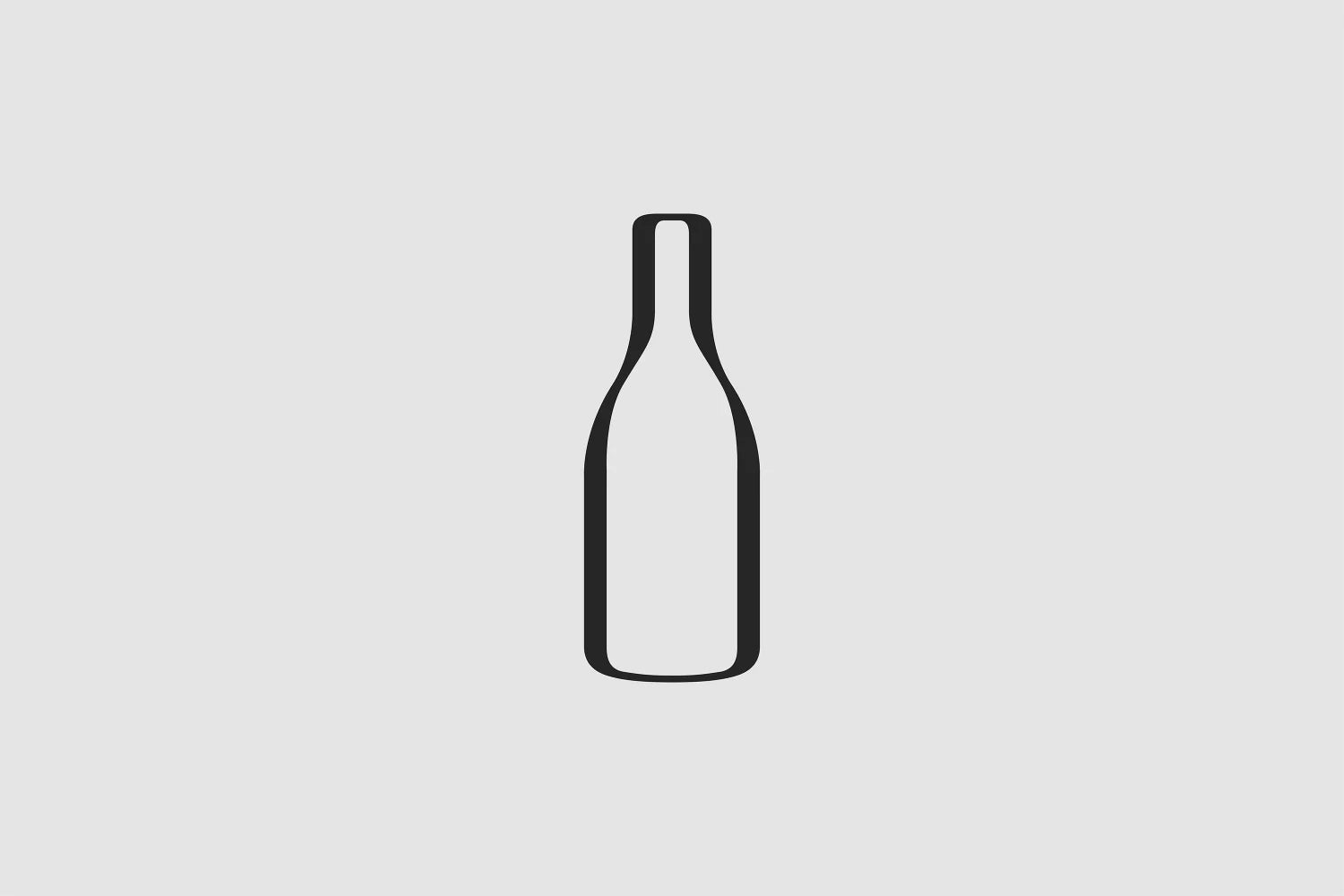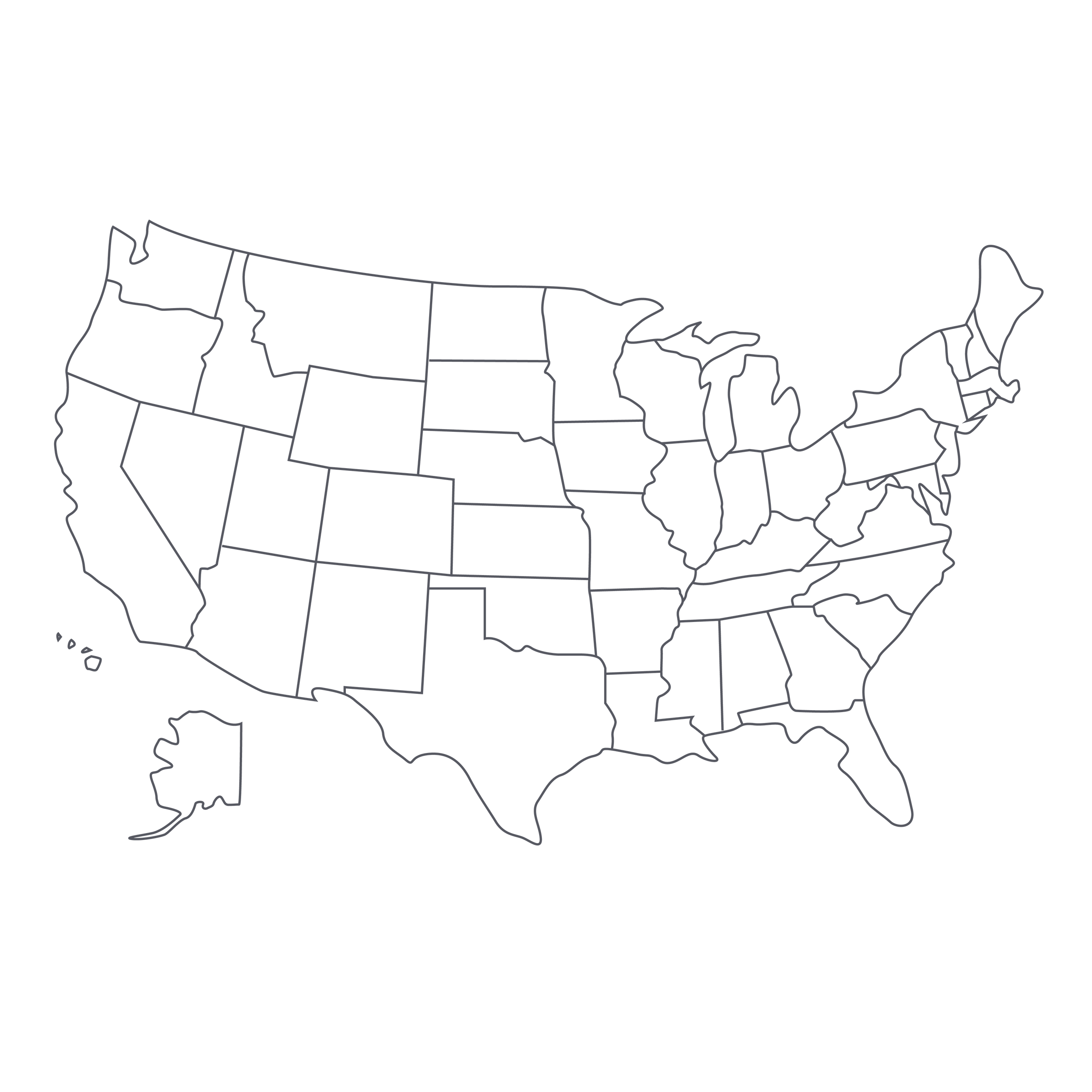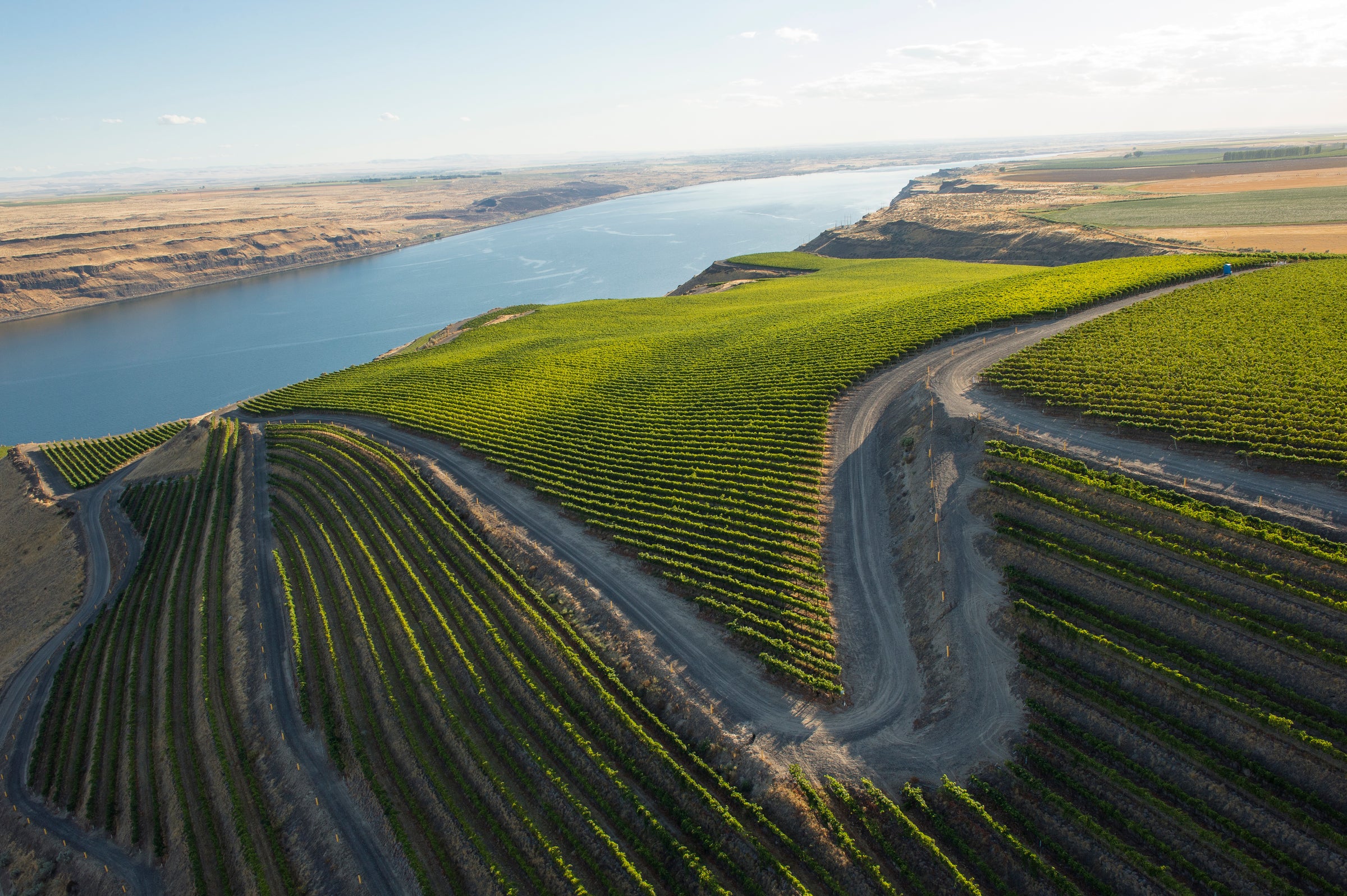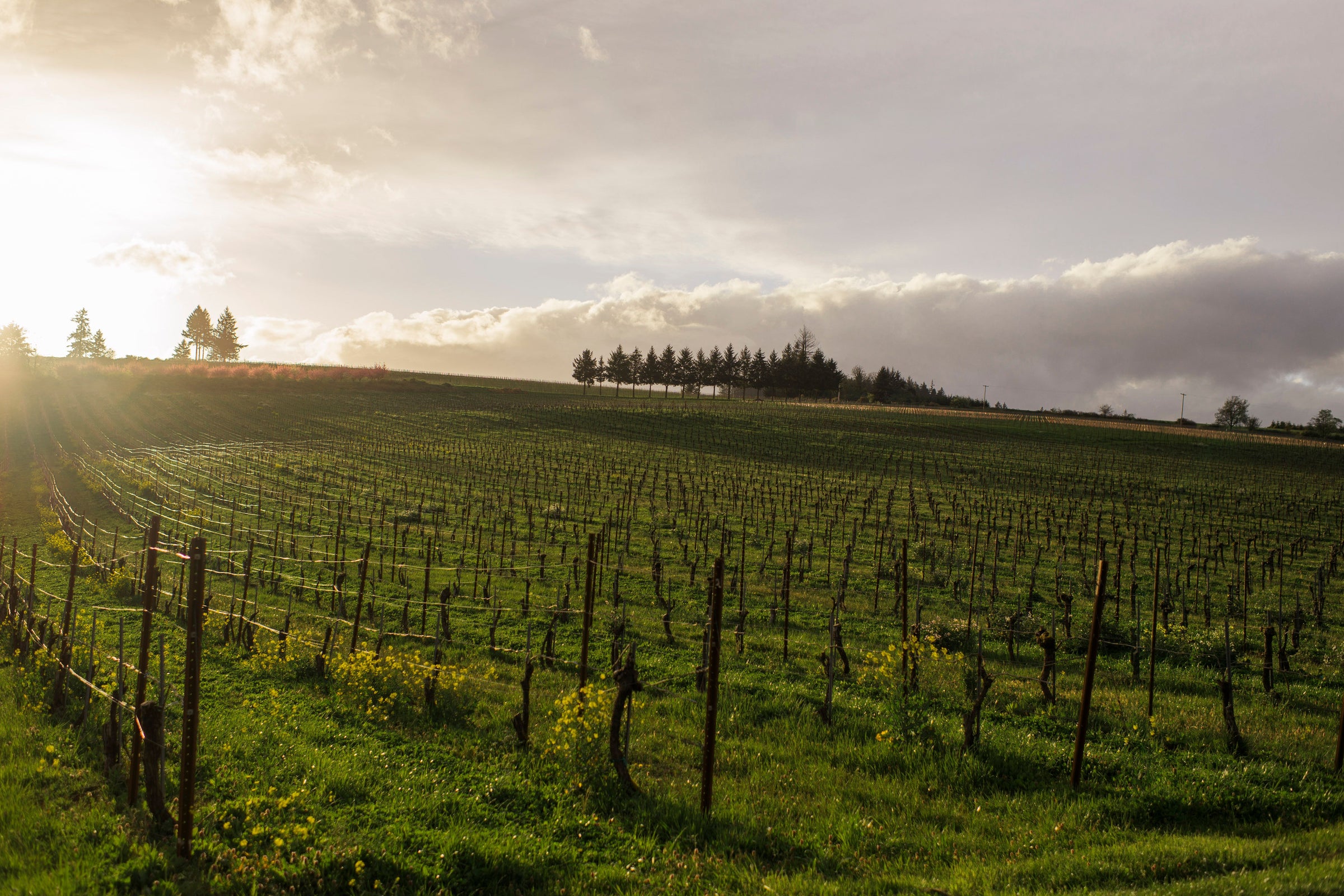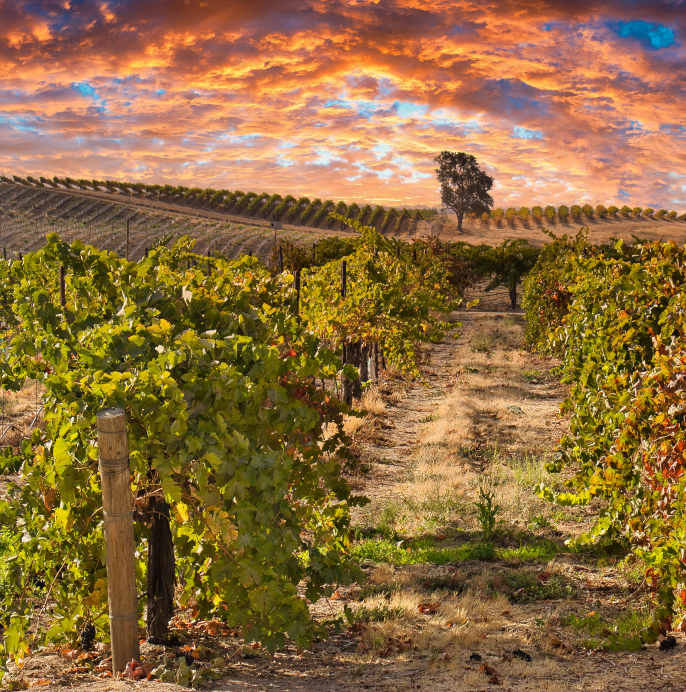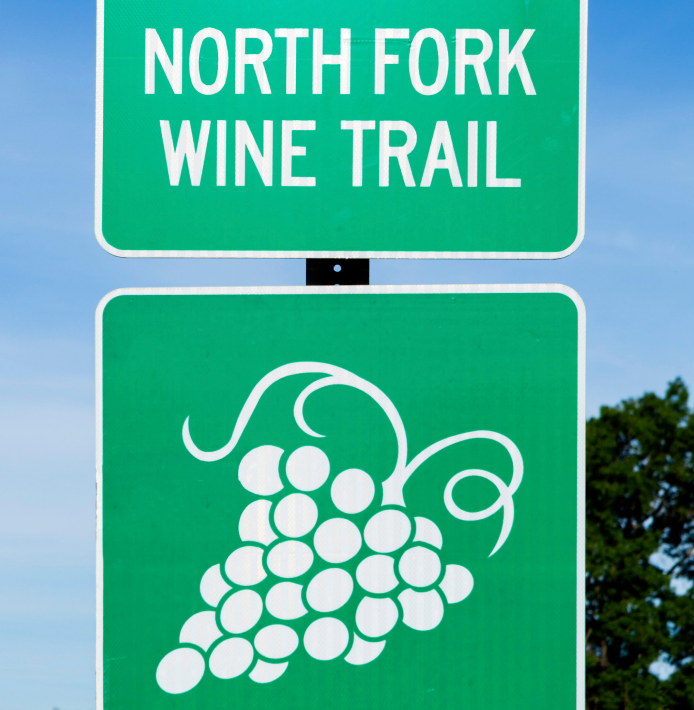Are people still disrespecting Merlot? That can’t still be a thing, can it? I was asking myself this after slipping the Hourglass Blueline Estate Merlot into a particularly wide-ranging tasting recently—and marveling at how thoroughly it trounced everything else on the table. It wasn’t even close. I still have total recall of this voluptuous wine many weeks later, awaiting its arrival in our warehouse so I can snag a few bottles for myself, because, outside of some of the greats of Pomerol, I can’t recall another Merlot that made such a profound impression on me.
It has the polish and the classical structure of wines costing many multiples more, and I’m not at all surprised that it hails from Hourglass, a winery at once culty and rich with heritage. Their vision for winemaking is impossible to ignore, a joyous comingling of heart and talent, so it was especially jarring to learn of the damage the winery sustained during the recent wildfires in Northern California. I’ll never forget receiving those texts, scrolling through photos of a scorched crushpad and feeling that this loss was as much the world’s as it was Napa’s. At the same time, I know they’ll build back even better—buildings can be replaced, but a terroir as unique as Hourglass’ cannot, so I know there’s more greatness in store for us. These wines are hand-crafted from superlative fruit with the intent of stopping you in your tracks, and they do. Intensity, depth, focus, balance...you name it. Blue-black fruits pour over a mineral backbone that would make some very spendy Pomerols green with envy, so much so that you can’t help but do a double-take upon learning the price. These guys should take a well-deserved bow: This is a best-in-class Napa Valley red.
Hourglass was founded by a charismatic ad-man named Ned Smith, back when Napa was still a patchwork of raw potential. He moved to the Valley in 1964 to become the second real estate agent in the Napa Valley, pairing aspiring vintners with the estates that would one day become iconic wineries (think Grace Family Vineyards, Schramsberg, and Stag’s Leap). But, he kept one property to himself—a parcel nestled in the crux of the narrowest point of the Napa Valley, a figurative ‘hourglass’ on the valley floor. He farmed a few acres of Zinfandel there until his death. Following his passing, Ned’s son, Jeff, indulged his intuition about the family vineyard and recruited the Dean of UC Davis to come take a look. Sure enough, the Dean identified rare soils, cooling winds, and the potential to grow extraordinary Merlot and Cabernet Sauvignon.
Fast-forward to today and Hourglass has fulfilled its promise, and then some. It holds its own against the likes of Harlan and Screaming Eagle in cult tastings, and consistently turns out some of the most polished and invigorating Napa wines to grace our dinner tables. Jeff fell in love with a second vineyard in 2005, jumping the fence and bypassing a “No Trespassing” sign. That second vineyard, the Blueline Estate, is the source of today’s Merlot. It’s named for the two streams which form the boundaries of the property, springing from deep within the Vaca Mountain range. They’ve pushed gravel and sediment through narrow canyons for centuries before depositing this rich material onto the hillside where the previous owners planted Merlot in 1991. They’re actually the oldest vines in either of the Hourglass estate vineyards, biting deep into the washed gravel bench and sourcing incredible intensity from the ancient soils.
Good fruit deserves a great winemaker, and Tony Biagi deserves a tip of the hat. He uses his considerable vision and artistry to harness the power of Blueline, aging the wine for 18 months in 70% new French oak, adding depth, texture, and spice. The final blend for the 2018 came to 86% Merlot, 7% Cabernet Sauvignon, 6% Malbec, and a touch of Petit Verdot which adds a touch of grip to the otherwise glossy body. Thankfully, this wine was safely resting in storage by the time the Glass Fire burned through their property. Each case is a testament to their resilience as a team.
The Blueline Merlot is as deep and velvety as a moonless November night. It’s an inky purple-black in color and coolly fragrant right from the bottle. I recommend letting it breathe for at least 30 minutes, just to coax out some of the high-toned mandarin orange peel and menthol notes that lift from its depths. The palate is all lush blueberry jam, soft blackberries, and sour cherry. The ancient upturned riverbed where the vines are planted contributes a surprising tension; both minerality and acidity tug at the soft fruit like puppet strings, bringing it to life with wonderful vivacity. It’s a hedonistic but balanced blend, perfect for a rich, spicy meal like tagine. Both will warm you through and through, but while the tagine will disappear over the course of dinner, the wine has a long life ahead of it. 2018 is still youthful and exuberant—five years of age will bring its earthier, softer side into focus for an ethereal Napa experience. This one won’t soon be forgotten!
